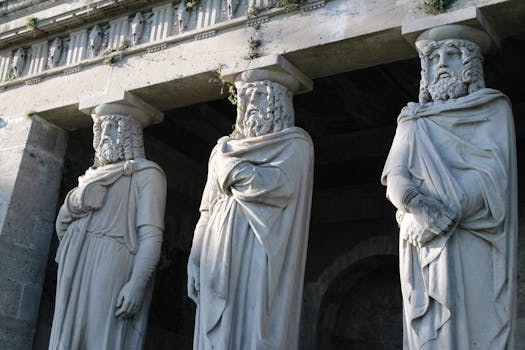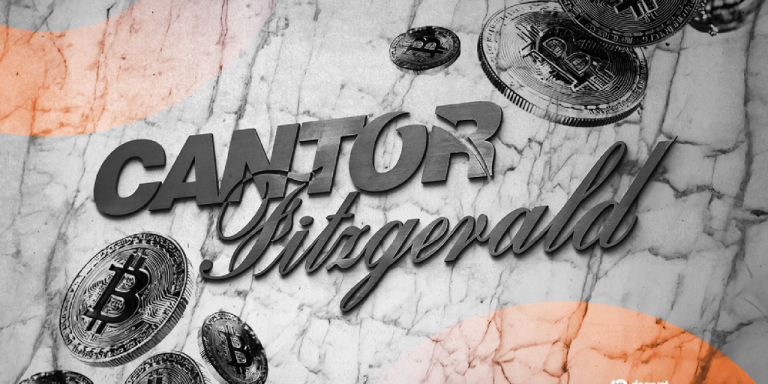
Traveling Through Time: How Europe’s Historical Heritage Shapes Modern Lifestyles in 2025
Traveling Through Time: How Europe’s Historical Heritage Shapes Modern Lifestyles in 2025. Europe, a continent steeped in history and heritage, has long been a hub of cultural and intellectual exploration. From the ancient ruins of Greece and Rome to the modern cities of Paris and London, Europe’s historical legacy continues to shape modern lifestyles in profound ways. In this article, we will delve into the ways in which Europe’s historical heritage influences contemporary culture, architecture, art, and technology, and explore the timeless appeal of this incredible continent.
A Brief History of Europe’s Cultural Heritage
Europe’s cultural heritage is a rich tapestry of influences, from the ancient civilizations of Greece and Rome to the Renaissance and Enlightenment. The continent has been shaped by countless historical events, including the rise and fall of empires, the spread of Christianity, and the emergence of modern nation-states. This complex history has left an indelible mark on European culture, from the architecture of its cities to the art and literature that fills its museums and galleries.
The Influence of Historical Heritage on Modern Lifestyles
So, how does Europe’s historical heritage shape modern lifestyles? One way is through the preservation and restoration of historical buildings and landmarks. Many European cities are filled with ancient architecture, from medieval castles to Renaissance palaces, which continue to inspire wonder and awe in visitors from around the world. These buildings not only provide a glimpse into the past but also serve as a reminder of the cultural and historical significance of the continent.
In addition to architecture, Europe’s historical heritage also influences modern lifestyles through its vibrant cultural scene. From world-class museums like the Louvre and the British Museum to the countless festivals and celebrations that take place throughout the year, Europe is a continent that is deeply rooted in its cultural traditions. Whether it’s the Tomatina festival in Spain or the Carnival of Venice, these events bring people together and provide a glimpse into the rich cultural heritage of the continent.
Modern Technology and Europe’s Historical Heritage
But Europe’s historical heritage is not just limited to the past; it also continues to shape modern technology and innovation. From the development of new materials and techniques to the creation of cutting-edge art and design, Europe’s historical legacy continues to inspire and influence contemporary culture. For example, the use of 3D printing and digital fabrication is allowing architects and artists to recreate and reinterpret historical buildings and monuments in new and innovative ways.
Conclusion
In conclusion, Europe’s historical heritage continues to shape modern lifestyles in profound ways. From the preservation and restoration of historical buildings and landmarks to the influence of cultural traditions on modern technology and innovation, the continent’s rich cultural legacy is a timeless and enduring part of its identity. Whether you’re a history buff, a culture vulture, or simply someone who appreciates the beauty and significance of the past, Europe is a continent that has something to offer everyone.






